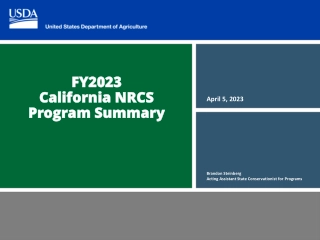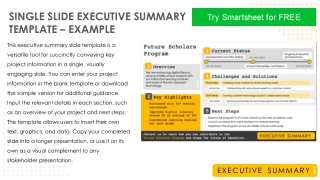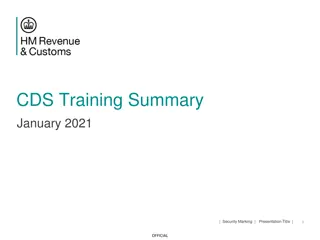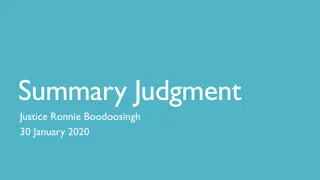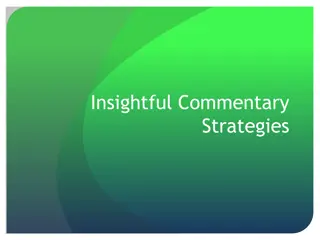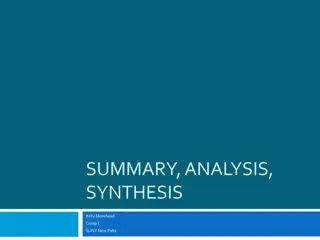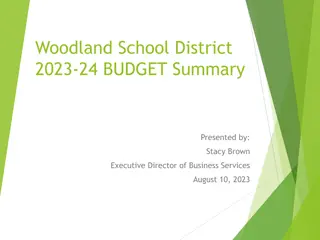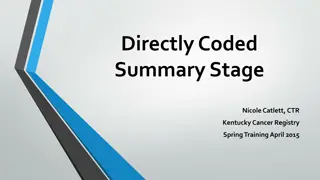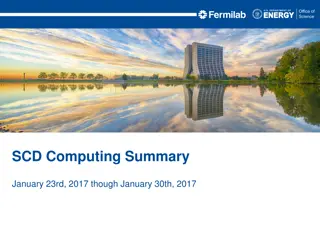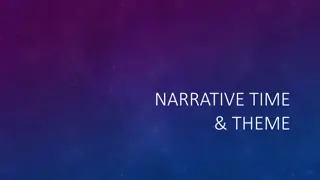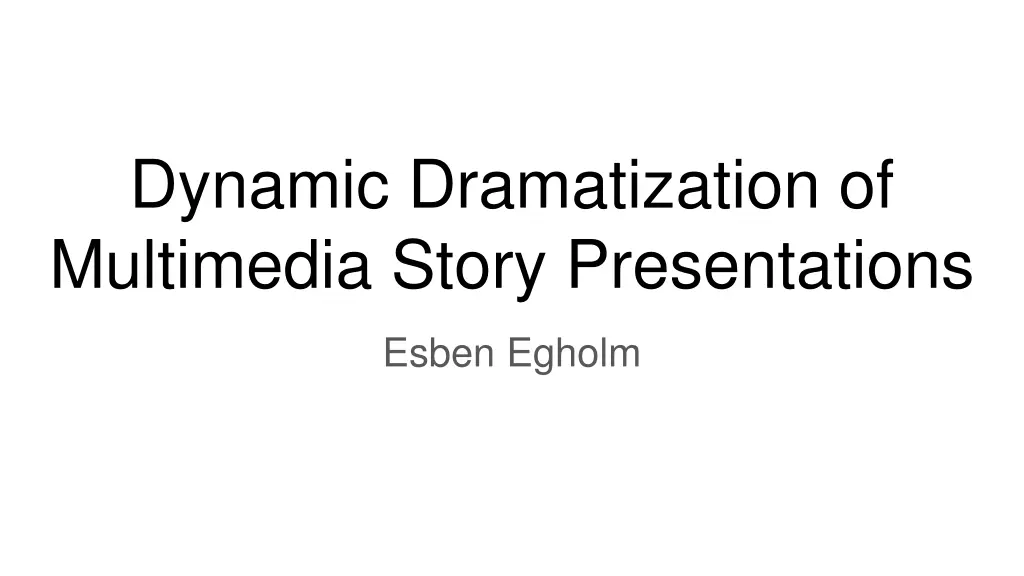
Enhancing Storytelling Through Dynamic Dramatization of Multimedia Presentations
Explore how the dynamic dramatization of multimedia story presentations by Esben Egholm enhances user engagement through dramatic effects. Learn about the architecture of the story presentation system, plot analysis, character interactions, dramatization categories, and the role of the presentation manager in structuring stories and adding multimedia effects for emotional impact.
Download Presentation

Please find below an Image/Link to download the presentation.
The content on the website is provided AS IS for your information and personal use only. It may not be sold, licensed, or shared on other websites without obtaining consent from the author. If you encounter any issues during the download, it is possible that the publisher has removed the file from their server.
You are allowed to download the files provided on this website for personal or commercial use, subject to the condition that they are used lawfully. All files are the property of their respective owners.
The content on the website is provided AS IS for your information and personal use only. It may not be sold, licensed, or shared on other websites without obtaining consent from the author.
E N D
Presentation Transcript
Dynamic Dramatization of Multimedia Story Presentations Esben Egholm
Purpose and Applications - - The purpose of this system is to enhance storytelling through dynamic effects Aims to improve user engagement by highlighting key dramatic elements - Used for educational storytelling systems and interactive entertainment
Architecture of the Story Presentation System - plot analysis accepts as an input a description of the story plot in a simple special-purpose language Analyzes plot description in terms of the interactions between story characters Dramatization model determines dramatically interesting points and events PM uses these results to retrieve data from a library Integrates the effects in the original story material - - - -
Plot Analysis Purpose of Plot Analysis: Identify dramatically significant events in the story Analyze interactions between characters, focusing on goals and social norms Types of Character Interactions: Goal Interference: Character actions affect others goals (help or hinder) Normative Interference: Actions relate to social norms (respecting the dead) Example: Achilles story analysis with symbolic events like Hid Achilles, Met Agamemnon C+ or C- event according to whether it benefits or not the story character I+ or I- represent favorable or unfavorable inferences towards other cast members
Dramatization Categories Lifeline: Problem followed by a positive event Rising Complication: Escalating problems for the character Reversal of Fortune: Positive moment disrupted by a setback Dramatic Irony: Expectation of good outcome followed by a twist Happy End: Problems resolving favorably
Dramatization Categories (Cont) This is the table in the reading describing the different dramatic situations
Presentation Manager Role - - Structures the story into presentation units ending on suspenseful moment Adds multimedia effects to enhance emotional impact -Middle area for displaying original story material -The rest allows PM to map antagonistic or Synergistic relations between story characters into opposite or adjacent regions
Effect types - Suspense effects - Aims to capture user interest in the story Atmospheric effects - Aims to communicate the mood f=of the events and the nature of the relationships in the story Suspense effects take precedence over atmospheric effects Effects associated with interactions take precedence over those with events Effects associated with the protagonist take precedence over those associated with other characters Effects scheduled later in the unit take precedence over earlier ones - - - - -
Multimedia Effects and Story Segmentation Multimedia Effects Controlled by PM: - - - Stage Layout: Positioning of characters Color: Background changes (e.g., dark colors for conflict) Sound: Effects for suspense or atmosphere Scheduling rules: - - Suspense effects take priority Effects involving protagonist are emphasized
Achilles Example in PEGASUS PEGASUS System: Uses dynamic dramatization for storytelling based on Greek mythology
Related Research and Impact Related Works: - - - Storytelling systems and multimedia presentation tools Reactive user interfaces and their application in storytelling Integration of drama techniques for immersive narrative experience Contributions: - - Framework for intelligent multimedia storytelling interfaces Expanded application in education, interactive entertainment
Future Work Extensions Planned: - - - Develop more complex character interactions (like treason or revenge) Integrate with a web-based interface for broader access Additional multimedia effects for more immersive experiences Goal: To enhance dynamic storytelling systems and make them more adaptable for educational and entertainment uses
Conclusion Summary: - Dynamic Dramatization offers a way to engage users by emphasizing dramatic story points. The system intelligently applies effects that reflect the mood and character relationships. - This approach makes digital storytelling more immersive and could transform interactive narratives in both learning and entertainment.



